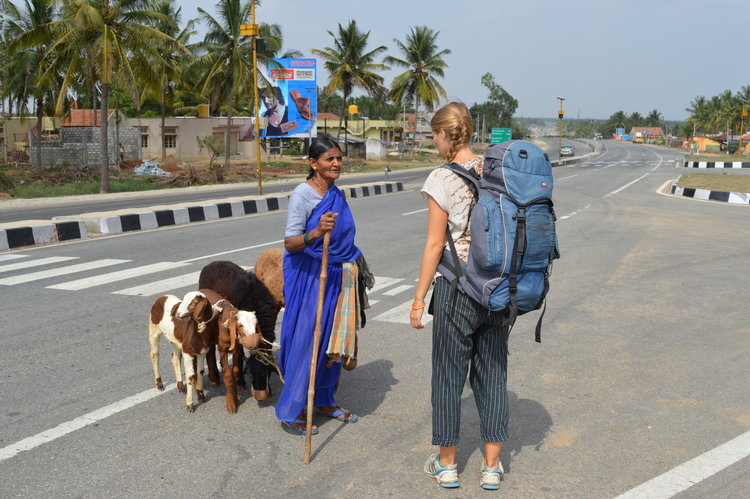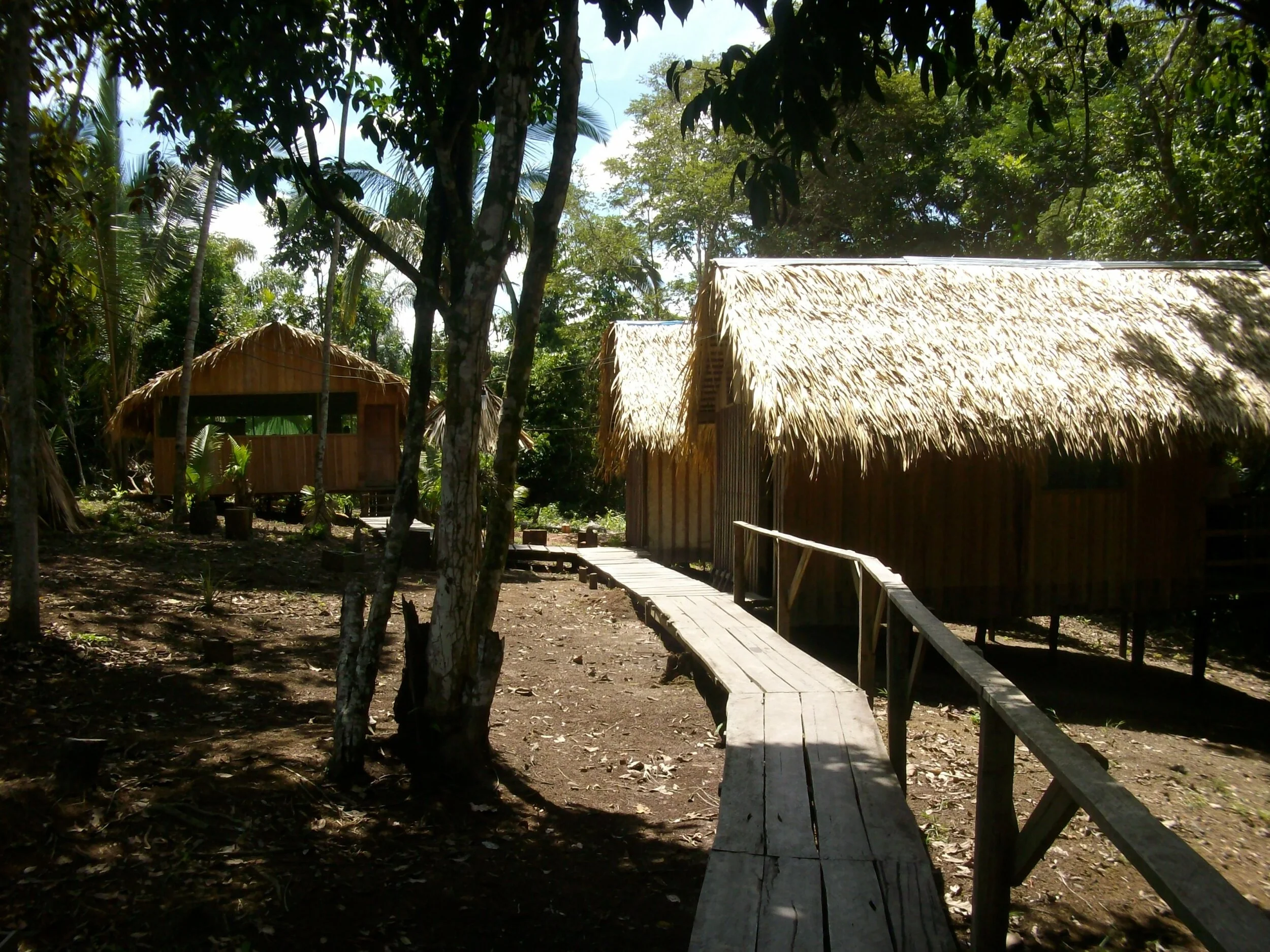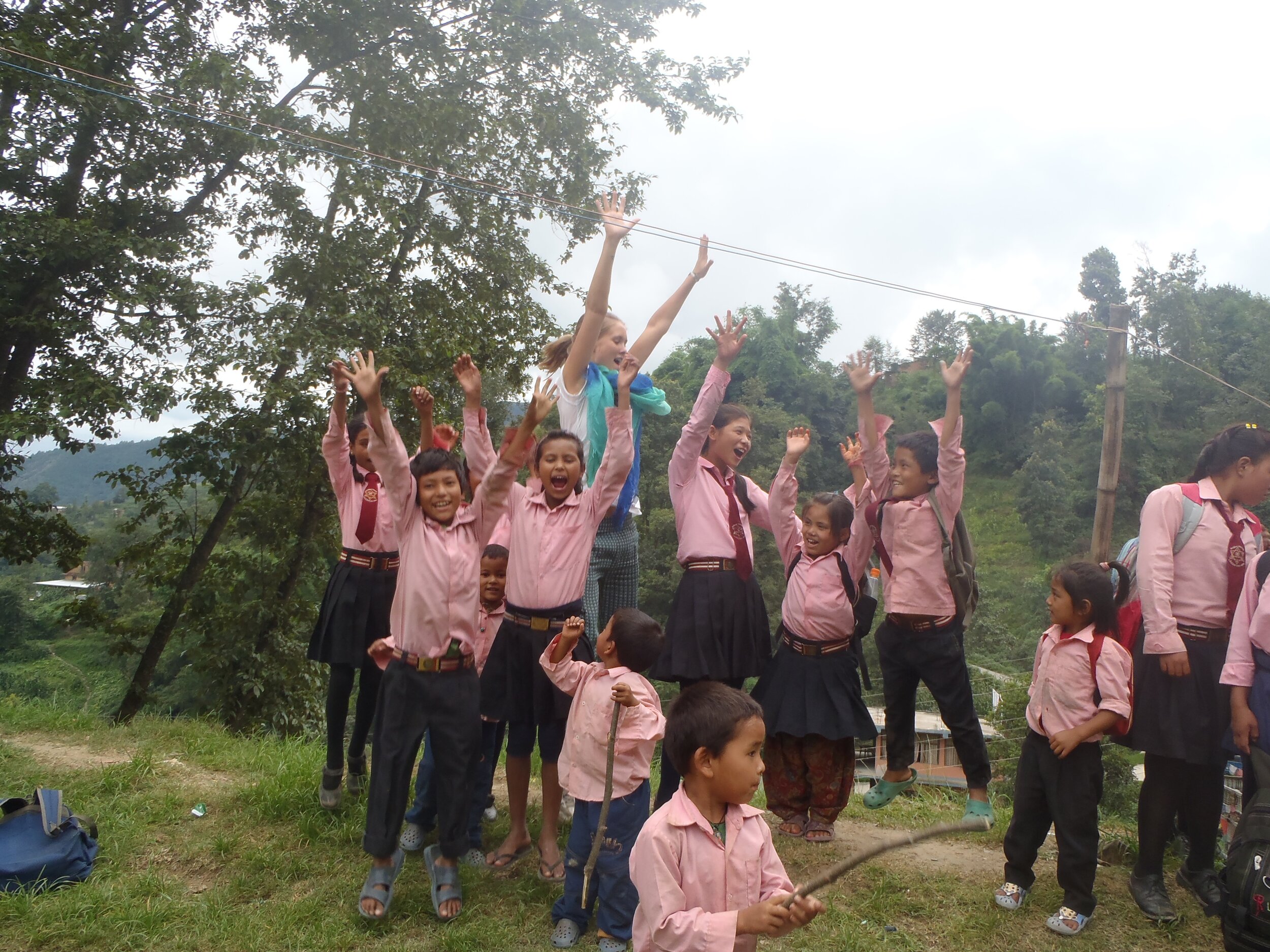Holiday’s haven’t really played out the way people planned and expected due to Covid-19. Some were looking forward to see friends and relatives in other countries, while others wanted to go some where warmer and sunnier. The restrictions and regulations has been different among countries where some people might have been able to go for vacation while others haven’t (they might not even have a job to take vacation from).
In my case, I feel very lucky, people in Stockholm have been able to travel within Sweden and to some countries abroad. However, I didn’t feel attempted to travel by airline in Europe (because of the impact ont he climate) or to a city where there’s a lot of restrictions. Personally, that wouldn’t give me the sense of relaxation a holiday requires. So, me and my partner we decided to stay and travel within Sweden instead.
One of my dream trips have been hiking in north parts of Sweden and climbing the highest mountain, Kebnekaise. The landscape in Sweden is very different from the north to the south and it’s not often I go anywhere north of Sweden. Even though I have been to Umeå, Luleå and even slept in the Icehotel (outside Kiruna) one winter, I really felt that I have missed something. It was time to see the mountains. The big ones. The spectacular landscape that has made the trail with start in Abisko one of 12 “signatur trails” in Sweden.
This hiking would be different from others. It’s not the first time for me to live in a tent, rather the other way around, I have slept so many times in a tent that I stopped calculating. I have even slept at a petrol station in northern Sumatra. Not the best spot but the only available one to be found. I have also hiked trails and hiked mountains too. But to hike for six days with a heavy backpack with perfect planned meals, was something different.
My fiancé and I probably spent every free afternoon in May and June in outdoor stores. Not necessarily because we wanted to buy a lot of new things (we borrowed my fathers tent, his sleeping bag and a mattress of highest quality) but mostly because we wanted to talk to the experts on how to pack and plan.
In north Sweden, the weather can change very quickly. It can be 25 degrees Celsius, sunny and warm but it can also be 6 degrees Celsius with rain that never stops. Even snow in the summer if you’re unlucky. So you have keep yourself dry, warm and mosquito-safe.
You also want to keep your backpack as easy as possible to carry so meals are recommended to be dry food. Bring a gas-boiler, nothing else.
Further, it is definitely worth investing in some good gear such as boots and wool socks. It will destry your trip if your feet starts to hurt.
Through out our hiking we both were impressed about the speed of our daily hikes and the amazing view. Kings trail from Abisko to Nikkaluokta is a very safe trail with several huts along the way where some of them even have places to sleep or food to buy. It’s definitely worth to spend a day for Kebnekaise and if you can several days to pick the day with the best weather. Have respect for that mountain, we climbed it on 4.5 hours but most people take almost 7 hours. You need good physics to climb it. Rescue is very common.
Speaking of Kebnekaise, it’s probably one of the areas in Sweden where climate change is more evident than elsewhere. The common top to climb is the south top, which is a glacier, but due to global warming, the top is getting smaller and smaller every year when measured exactly the same day. During summertime the north is higher and it is expected to stay that way since the south will get smaller and smaller. It is said the south top is 24 meters lower compared to 50 years ago. When we were there it said 2097 meters above sea level.
This trail has some of the most specular views and it makes you very humble in relation to global warming and biodiversity loss. It also makes you respectful for the Sami people since this is their homeland and you can’t help feeling impressed by their way of living in this very rough lands.
I will definitely climb and hike more mountains and trails in Sweden after this. Thank you Sweden for being so beautiful.





















































